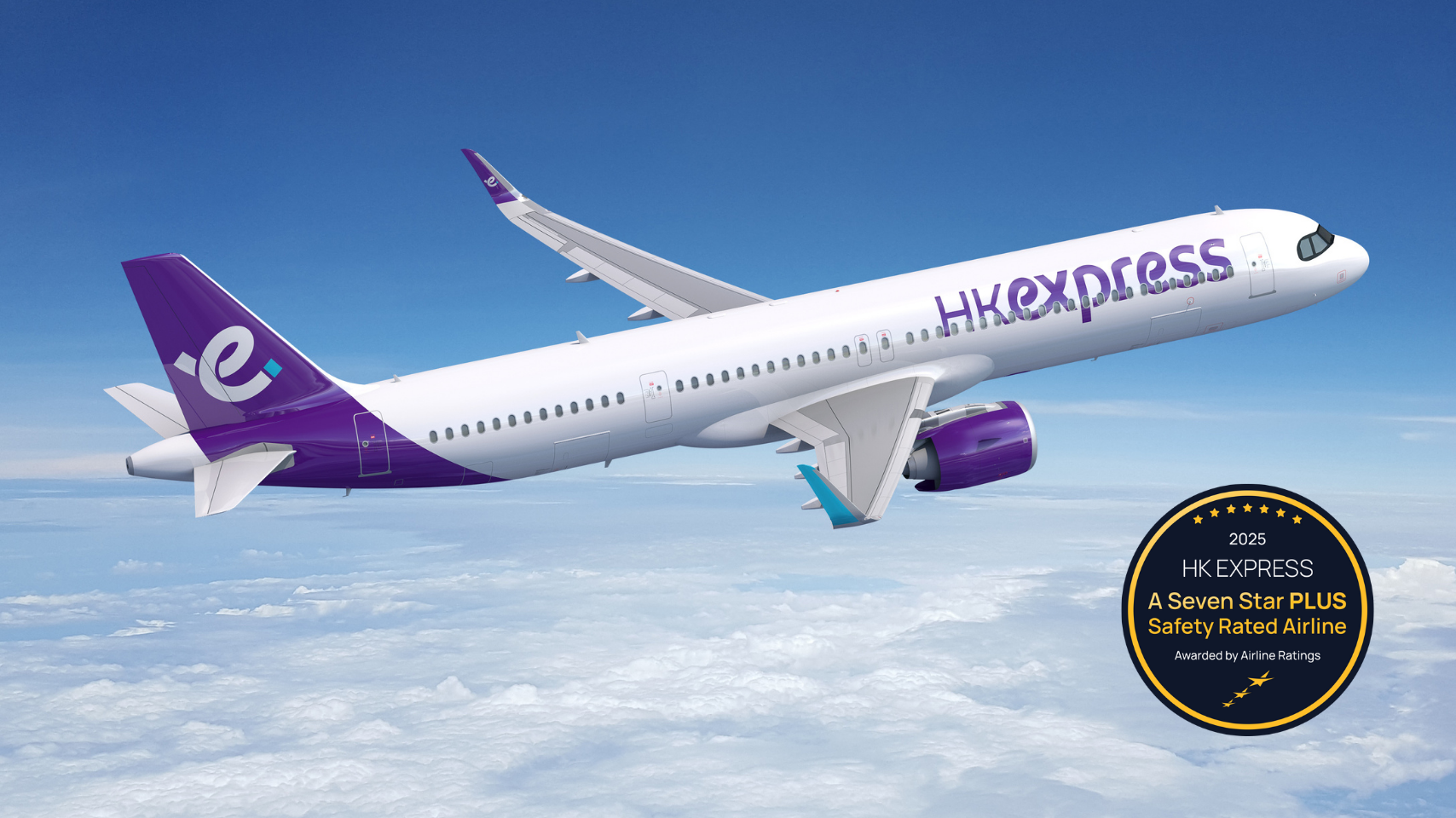By Steve Creedy
Published Wed Jan 06 2021
Advanced self-service check-in, the increasing use of biometrics and digital health passes are among the technologies travelers can expect to encounter as they resume traveling in a post-pandemic world.
The aviation technology experts at SITA have identified six technologies they expect to transform air travel in 2021 and at least one it believes will disappear.
Seat-back video screens are on SITA’s endangered list as airlines move to reduce aircraft touchpoints, not to mention costs, and favor wireless entertainment.
READ: The world's top 20 COVID-complaint airlines.
Counterbalancing this is a swathe of emerging technologies capable of solving COVID-19 challenges.
High on the list are health electronic travel authorities (ETAs) capable of verifying that a passenger meets the health requirements of the country they are entering.
Aviation bodies such as the UN-backed International Civil Aviation Organization and the International Air transport Association are already working on a digital travel pass that will do this.
The idea is that travelers will be able to provide information on their vaccination status and any COVID test results prior to travel so they can be assessed before they leave.
“This will give travelers the confidence before they start that they will be allowed to complete their journey,’’ the SITA experts say in a report.
“Advance Passenger Processing (APP) brings the ability to assess the risk, including health risks, and allow or deny travel at check-in.
“When coupled with the implementation of a Health ETA service, it enables real-time checks to be performed to confirm that each traveler has completed the required health checks and is eligible to travel.”
SITA expects these digital checks to become commonplace as COVID vaccines become available during the year and their usage is standardized.
“From head-mounted thermal scanning devices to technology-supported social distancing measures, new technologies have seeped into our airports and changed the passenger experience,’’ the report says.
“That pace of innovation adoption sets a scene for rapid industry transformation over the next few years and will force a historically slow-moving industry into action.”
Other areas SITA has identified include:









